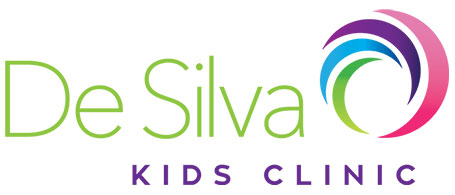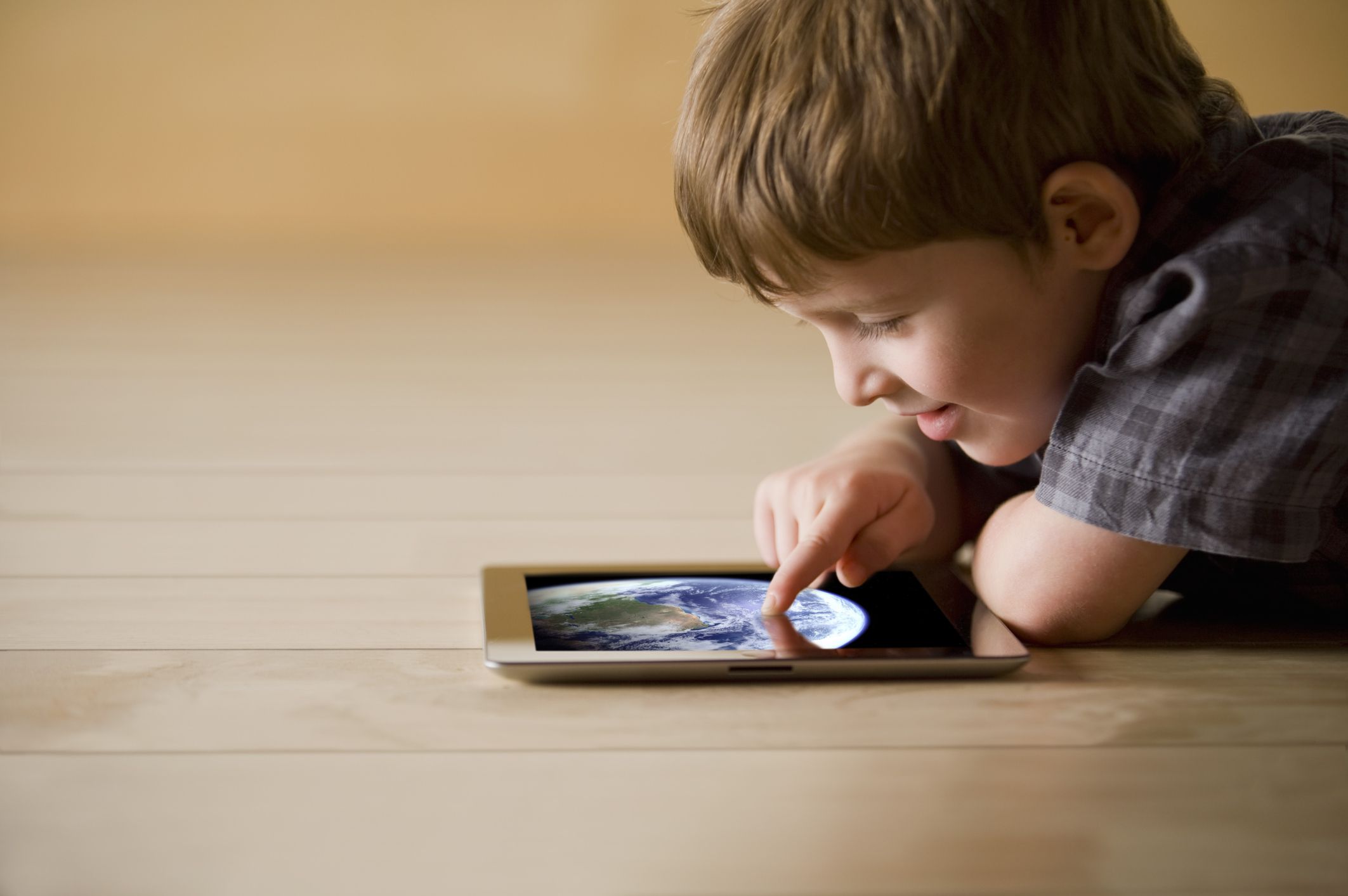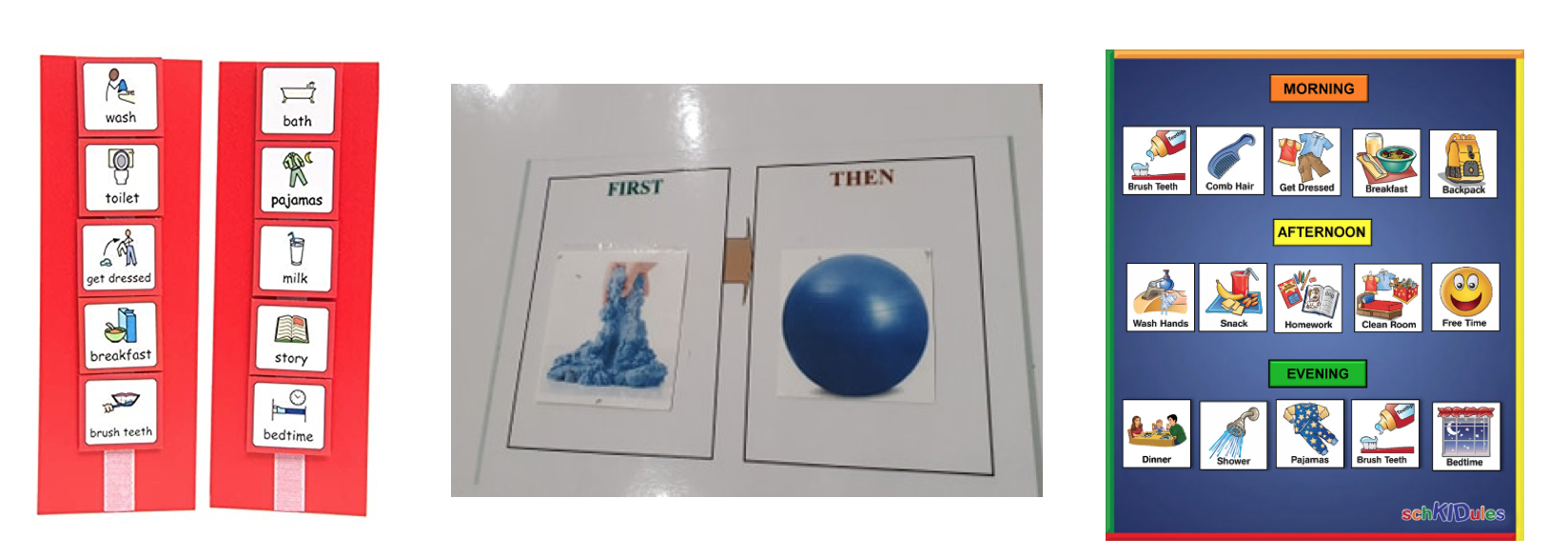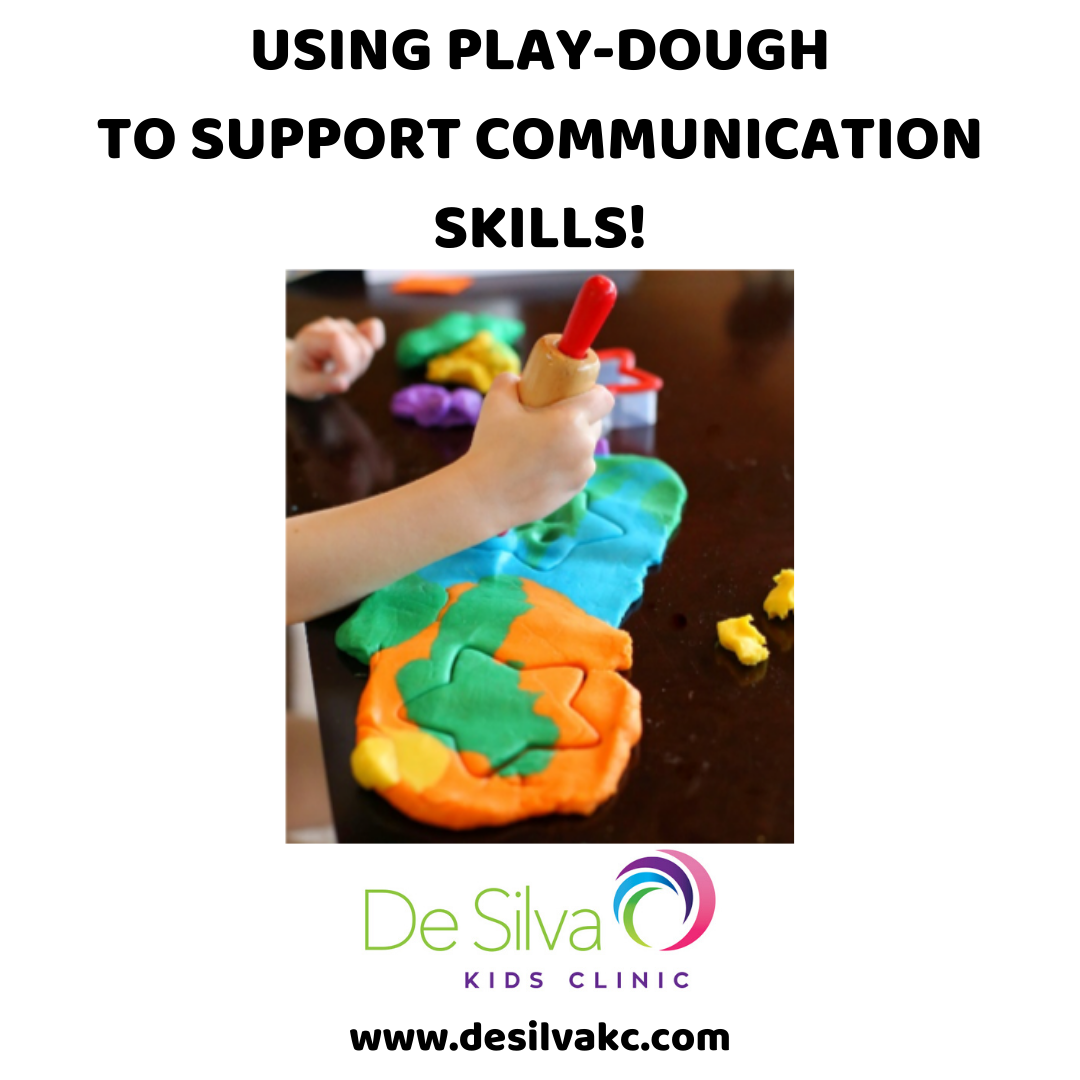Screen time is time spent in front of a screen (e.g. television, phone, ipad/tablet, computer, video game device)
An excess amount of screen time can increase the risk of:
• Inconsistent sleep – may have trouble falling asleep or maintaining a regular sleep schedule.
• Problems with behaviour and attention – excessive screen time can lead to difficulties in school, attention problems, hyperactivity and behavioural issues.
Language Development
Children learn to talk and communicate through interactions with other people. The first several years of life are crucial for your child’s language development. It is when their brain is the most receptive to learning new language. The research has shown that increasing screen time can have an impact on speech and language acquisition and may also be linked to attention problems, short-term memory problems, and reading problems. All of which can play into your child’s ability to learn language as well.
Educational Videos
Of course there are educational videos such as those that teach language skills (e.g. sign language, vocabulary) however videos do not replace face-to-face interactions where they learn non-verbal body language and appropriate social skills.
Instead of Screen Time you can:
• Sing songs (i.e. nursery rhymes)
• Read a book
• Play with your child’s favourite toy, board game, puzzle
• Make a craft project, colour a picture
• Play in the yard, go to the park, go for a walk, ride bikes
• Go for a car ride and talk about what you see
• Go to the library and look for books on a topic that interests your child
• Teach your child a new skill
• Have a playdate
• Cook something in the kitchen together or plant some seeds in the garden
Written by Senali Alahakone – Speech Pathologist at De Silva Kids Clinic.











